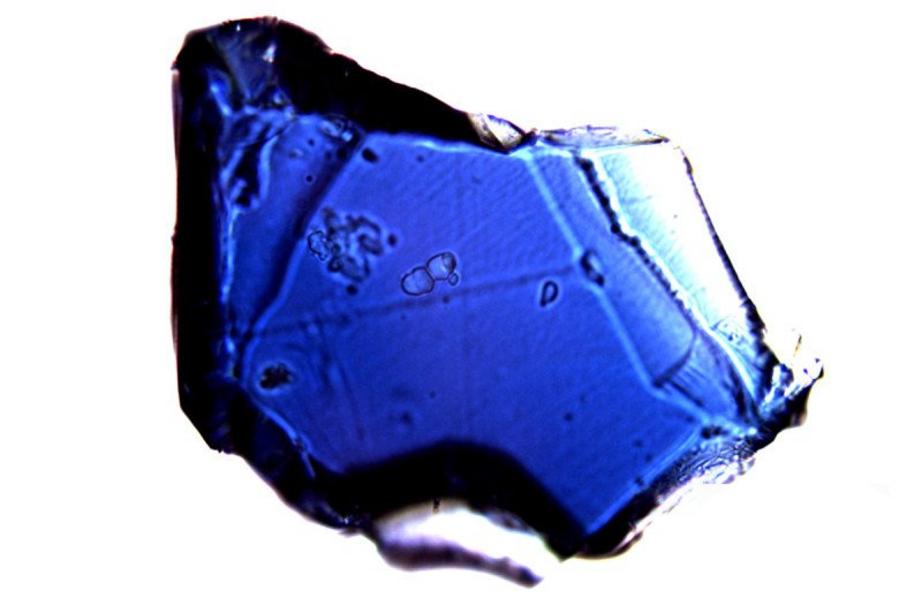There’s as much water in Earth’s mantle as in all the oceans
The deep Earth holds about the same amount of water as our oceans. That’s the conclusion from experiments on rocks typical of those in the mantle transition zone, a global buffer layer 410 to 660 kilometres beneath us that separates the upper from the lower mantle.
“If our estimation is correct, it means there’s a large amount of water in the deep Earth,” says Fei Hongzhan at the University of Bayreuth in Germany. “The total amount of water in the deep Earth is nearly the same as the mass of all the world’s ocean water.”
 Thirsty crystals
Thirsty crystals
The results add to mounting evidence that there is much more water than expected beneath us, mostly locked up within the crystals of minerals as ions rather than liquid water.
At least one team has previously discovered water-rich rock fragments in volcanic debris originating from the mantle. Another group has conducted experiments suggesting that the water at these depths was formed here on Earth rather than being delivered to the primordial planet by comets and asteroids.
“The vast amount of water locked inside rocks of this deep region of the mantle will certainly force us to think harder about how it ever got there, or perhaps how it could have always been there since solidification of the mantle,” says Steven Jacobsen of Northwestern University in Illinois, who wasn’t connected with the new research. “It’s a key question about the evolution of the Earth, which extends to extrasolar planets as well.”
Model rocks
What Fei and his colleagues have now done is to infer high water content throughout the mantle transition zone through lab experiments on synthetic rocks used to model those typically found in that layer, as well as the one below.
Already, real-world geophysical and seismic measurements have revealed that the viscosity of the mantle transition zone is lower than that of the upper mantle above and the lower mantle below, which extends as deep as 2900 kilometres, right down to Earth’s core.
Through their experiments, Fei and his colleagues have now shown that the measured values of viscosity match those when the ringwoodite rock that dominates the mantle transition zone is saturated with water.
“This fits well with the geophysically observed viscosity in the mantle transition zone,” says Fei. “We therefore conclude that the mantle transition zone should be wet.”
Soggy squabble
Fei says it is well-accepted that the upper and lower mantles are dry, but whether the transition zone between them is dry, too, has been disputed. For their lab experiments, the researchers made synthetic versions of ringwoodite from the transition zone as well as bridgmanite, which dominates the lower mantle.
By measuring a phenomenon called dislocation mobility – the ease with which a line fracture or a defect in a crystal structure can move – they could infer viscosity. The easier it is for defects to move, the easier it is for the crystal to deform and flow, reducing viscosity and making the rock more “runny”.
What the researchers found is that adding water to ringwoodite reduced its viscosity, and when water made up 1 to 2 per cent of the rock’s weight, the viscosity values exactly matched those from real-world measurements. “We determined the relationship between water content and dislocation mobility, then used this to estimate the water content in the transition zone,” says Fei.
“These very difficult and very well-performed experiments are part of a growing picture emerging from laboratory and field observations via geophysics and natural studies that indicate that the mantle transition zone is likely to host significant water,” says Graham Pearson at the University of Alberta, Canada.
Journal reference: Science Advances, DOI: 10.1126/sciadv.1603024

